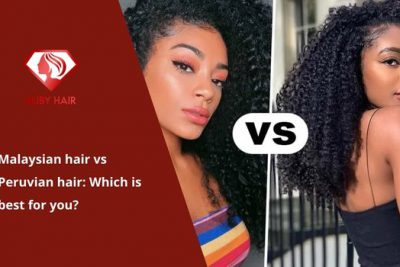People, especially women who first buy hair extensions tend to wonder which hair origin is the best or whether one hair type is better than the other like Peruvian hair vs Cambodian hair. Generally, there is no right answer to these questions or wonders like this. What each individual intends and prefers will determine which hair would suit them the best. No single solution works for everyone. But this post would highlight the distinctions between hair, especially Peruvian hair vs Cambodian hair so that the customer can be able to aware of their priorities and select the most appropriate hair type for them.
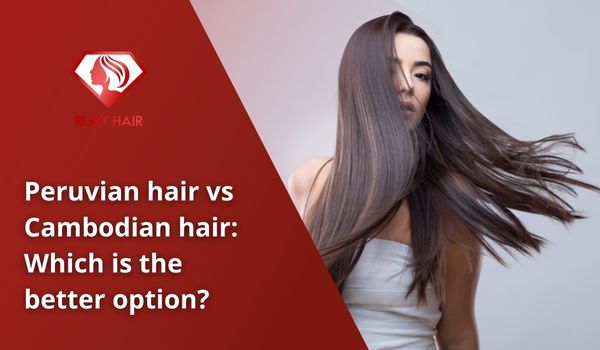
Table of Contents
Peruvian hair vs Cambodian hair: What are the similar patterns?
There have been many debates between Peruvian hair vs Cambodian hair happening recently. There are a few things that are right and many things that are also unintentionally created, making customers often confused when choosing between Peruvian hair vs Cambodian hair. Firstly, few individuals are aware of the similarities between Peruvian hair vs Cambodian hair. Since about 2010, both of them have been emerging “stars” throughout the hair business industry. Both of them have characteristics in common that are appealing to a wide number of female customers. Here are a few common points between Peruvian hair vs Cambodian hair that can be mentioned.
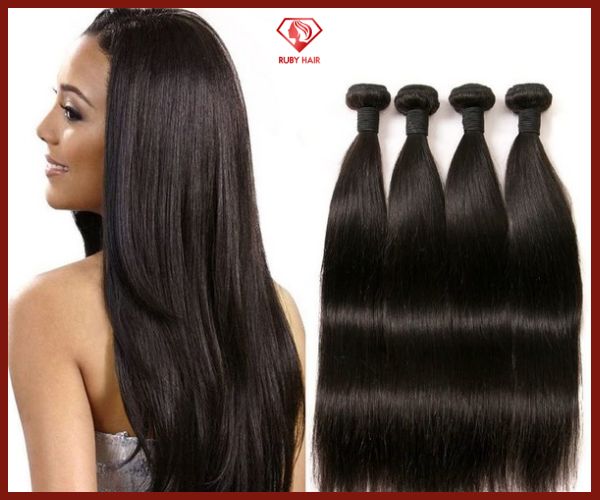
Peruvian hair vs Cambodian hair: Being real hair
Whenever discussing Peruvian hair vs Cambodian hair, this should be the first item said. It really is critical to highlight how natural hair differs significantly from synthetic hair. Hardly a synthetic fiber can match the distinctive textures of real hair. Natural hair feels and appears somewhat more realistic. Nobody would ever be able to tell that the consumers are wearing hair extensions if they wear extensions made from real hair, even those who directly see and touch it. This is due to the fibers’ texture, which is far fluffy and softer than their harsh and brisk counterparts. Clients may have hair types alternatives to pick from, particularly Peruvian hair vs Cambodian hair because those hair kinds are diverse. For medium-textured Caucasian hair, the customers can be able to discover thick and coarse characteristics of the hair, as well as for African-American women, more comfortable hairstyles.
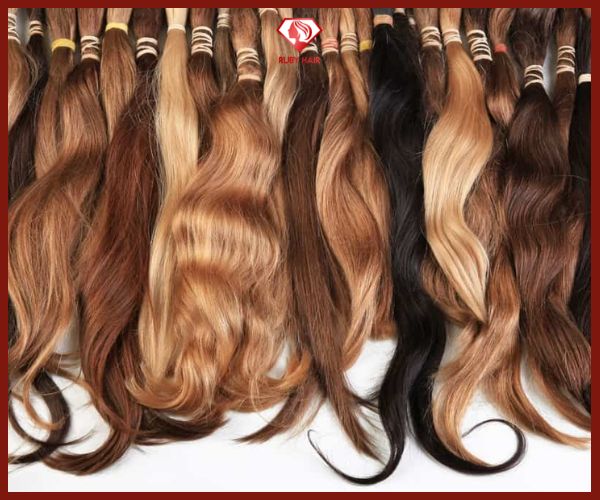
Peruvian hair vs Cambodian hair: Having a thick texture
The biggest distinguishing feature of both Peruvian hair vs Cambodian hair is this particular one by having a thick texture naturally. This really is especially ideal for females who wish to add a little more volume to their hair being thin. The scalp always has a very high density of strands of hair per square centimetre, as well as the hair strands tend to be thick naturally in diameter. This feature definitely fulfils the wishes of the user. The users won’t ever have to be worried or feel conscious about their hair looking thin again by owning just a few high-performance hair bundles made from Peruvian hair vs Cambodian hair. The users of items related to Peruvian hair vs Cambodian hair would undoubtedly appear more vibrant and look healthier with hair being thicker. Additionally, thicker hair is better suited for most types of hairstyles as the users can make their hair braided or even wavy.
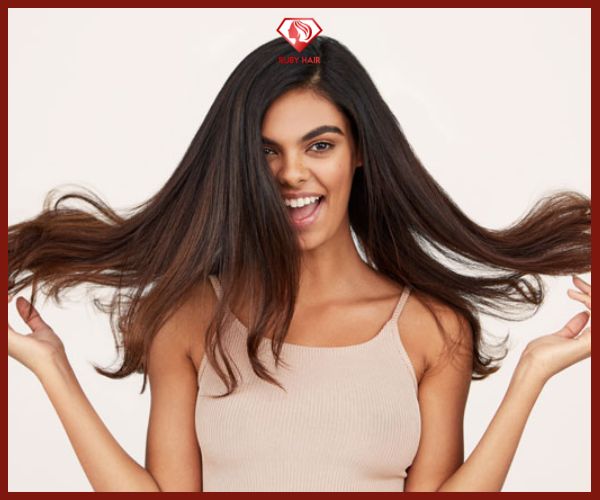
Peruvian hair vs Cambodian hair: Attaining lightweight texture
If the customers desire to attain or have their own hair extensions like wigs or weaves that are able to give their hair more volume and can be still worn comfortably, they may want to check out Peruvian hair vs Cambodian hair. The strands of hair tend to be delicate and soft as well as really feather-like despite being full and thick in diameter. The customers are even able to apply up to five bundles made from Peruvian hair vs Cambodian hair on their heads but would not feel any weight or they can barely feel like they are wearing the hair extensions.
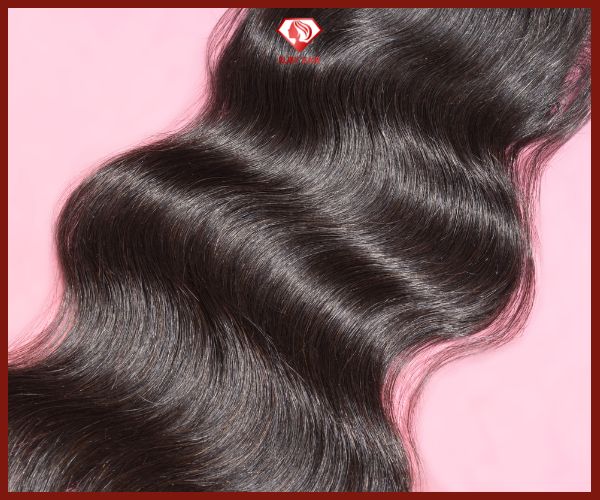
Peruvian hair vs Cambodian hair: What are the different patterns?
The distinctions between Peruvian hair vs Cambodian hair tend to be quite slight. It is really probable that the customers won’t have the ability to notice the differences between them if they are not familiar with Peruvian hair vs Cambodian hair like the hair professionals or haven’t worked with and bought hair extensions for a long period of time. To potentially simplify the process for the customers to choose the most suitable hair kinds for them, the article will nonetheless show the readers some certain differences between Peruvian hair vs Cambodian hair.
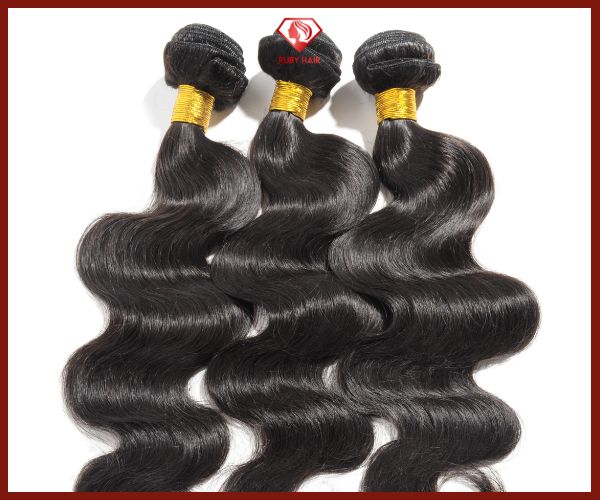
Peruvian hair vs Cambodian hair: The significant features of Cambodian hair
When making a comparison between Peruvian hair vs Cambodian hair, the customers tend to recognise Cambodian hair mostly due to its lustre. When using Cambodian hair items, the consumers can attain a medium-to-high shine but applying Peruvian hair only gives the users the shine having a low-to-medium level. Therefore, Cambodian hair is more suitable for those who prefer to attain a healthy look and have a high degree of shine. Another feature that the customers might want to take note of when considering Peruvian hair vs Cambodian hair is that Cambodian hair tends to be slightly coarser in texture. Owing to this feature, Cambodian hair items can have the ability to blend with the natural hair of African-American females well and have a realistic look.
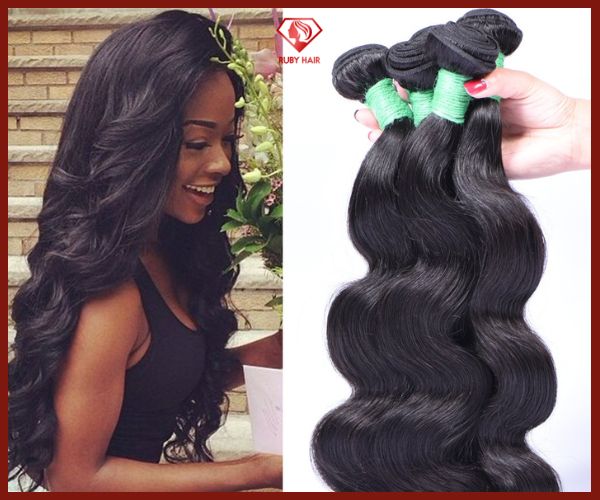
Peruvian hair vs Cambodian hair: The significant features of Peruvian hair
On the contrary, Peruvian hair is mostly bought and trusted by female customers due to its ability to be versatile when comparing Peruvian hair vs Cambodian hair. In a simple description, customers who purchase items made from Peruvian hair can be able to freely style their hair in the way that they desire effortlessly from straight to curling. Therefore, individuals who want to try something new with their hair frequently or do not want to have a boring look should definitely consider Peruvian hair. Moreover, Peruvian hair users can be amazed by the softness of the products as it can be said that the users can even feel like they are touching a feather as they pick them up. Hence, it is really comfortable for the users to put on Peruvian hair. The disadvantage that the users may want to take note of Peruvian hair is the fact that the product might get really frizzy when the weather is dry. As a result, in order not to damage the Peruvian hair quickly, the users have to ensure that the hair is being taken care of on time and with a suitable method.
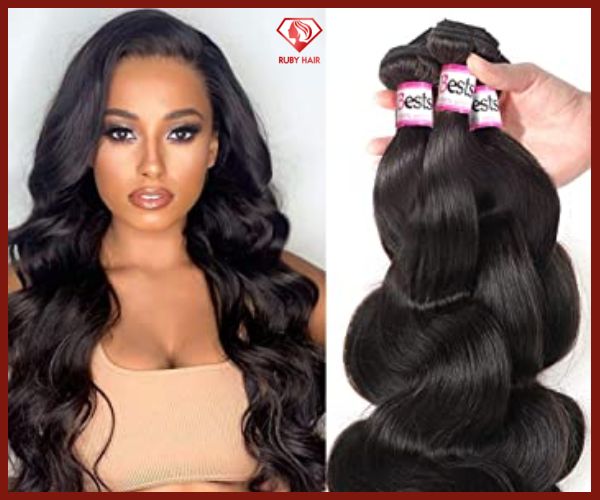
Methods of taking care of Peruvian hair vs Cambodian hair
When it comes to the process of maintaining the quality of Peruvian hair vs Cambodian hair, it can be stated that there is actually little disparity between these hair types. If the hair is real, it would definitely shed or tangle less than the synthetic hair but if the users don’t take care of it well, the hair would be highly damaged. Peruvian hair vs Cambodian hair both have no hassle and are easy to be taken care of if the users don’t neglect their duties. There are a few notes that the users may want to focus on when they want to maintain the quality of Peruvian hair vs Cambodian hair.
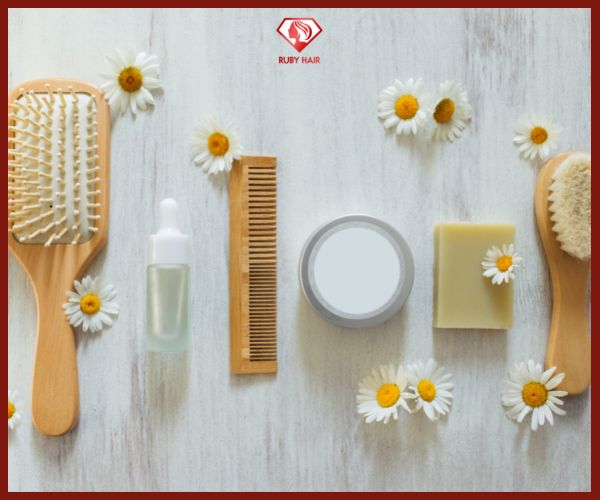
The users are highly recommended to purchase higher-end shampoos and conditioners at the drugstores or hair salons even if they are definitely costly but they would undoubtedly be worth the money. By applying high-quality shampoos and conditioners, the purchasers can be able to have a longer duration of use and even enhance their hair performance gradually, especially if the customers frequently change their hairstyles by using styling tools. There are also recovery shampoos for those styling their hair on a daily basis or if their hair has signs of being damaged. If the customers desire to have thicker hair, there are even volumizing shampoos to satisfy that demand. For customers addicted to hair dying, they are highly suggested to apply specialized shampoos to maintain the colour for a long time. It is recommended that the hair should not be rubbed after being washed. The users should use a cotton cloth to dry the hair instead of using a heat dryer. Being lazy can cost the users a lot afterwards so it is advised that they should spend at least three minutes drying their hair with a towel or cloth. More importantly, the users should not bring their wet hair to bed to sleep right away as it highly weakens the hair and leads to scalp problems. Customers can consider using a silk pillowcase in order to prevent their hair from falling.
To sum up, Peruvian hair vs Cambodian hair users have to use the products that are suitable the most in their hair circumstances.
Tips to check whether a hair extension made from Peruvian hair vs Cambodian hair is of high quality
Despite their being manufactured from actual and collected human hair, hair extensions made from Peruvian hair vs Cambodian hair could be created in a wide range of performances as they might be created unequally. The low-quality hair extension has its cuticle typically removed by using chemicals, removing the entire outer of the hair layer. It might result in making the hair extensions matted, or tangled and can be challenging to maintain the quality. Hair that has had its cuticle removed is more dry, brittle, has a limited lifespan, and offers less protection from the sun.

Checking the quality of Peruvian hair vs Cambodian hair: Scrunching test
The customers can put one of their hands beneath the ends of the hair made from Peruvian hair vs Cambodian hair whilst keeping it by its top then push the ends on till they touch the roots. They should loosen their grip after lightly rubbing their hands with each other to create friction throughout the hair. The customers should actively feel the hair extensions with their fingertips. If the hair easily passes between their fingers, the quality can be high. The condition of the hair extensions can degrade as it becomes hooked & snagged more frequently.
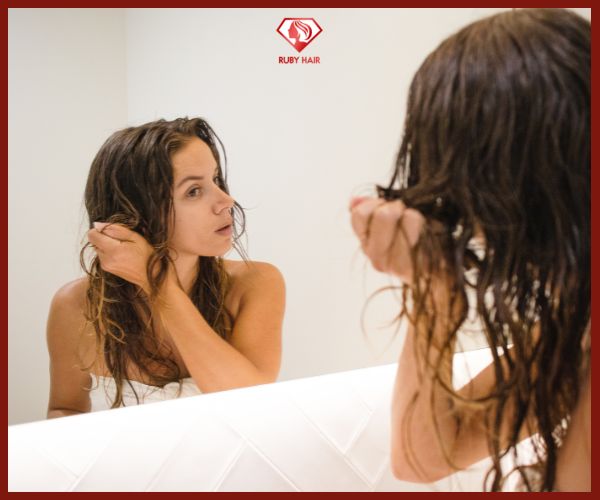
Checking the quality of Peruvian hair vs Cambodian hair: Gripping test
The hair made from Peruvian hair vs Cambodian hair can be held at the top that is close to the weft banding, or it can be secured by tying a hair tie around it. Customers can try to grab the hair approximately a fourth of the way down by running their hands through it. The customers should continue that once more at the halfway point, and yet again when they reach the bottom, and afterwards grab it right above the edges. At every stage of the grip testing, hair of poorer quality would be visibly thinner. The thickness of better-quality hair would indeed be nearly uniform throughout.

Checking the quality of Peruvian hair vs Cambodian hair: Wet tangle test
The wet tangling check may be used to quickly verify whether hair extensions made from Peruvian hair vs Cambodian hair are of high performance. Technique entails simulating the washing procedure by swishing the hair under shampooed liquid while keeping it at the root. The customers should repeat that action numerous times before properly rinsing the hair in clean water. The hair would creep up on one another, which result in a tangled knot close to a roots being formed as the cuticles of the hair are reversed with the roots and end at opposing ends. This knot is impossible to untangle even when the user try to comb and apply conditioner. This is due to the fact that the cuticles don’t lay flat in a regular orientation as fish scales do, they tangle due to the inverted edges that would rub against one another.

Checking the quality of Peruvian hair vs Cambodian hair: The burning test
It’s the only surefire technique to determine if the hair extension is made from real human Peruvian hair vs Cambodian hair or the synthetic hair. The customers should be careful to utilize lighter or perhaps odorless candles while holding a few lengthy strands of hair over a flame. The hair would be considered real if it burns upward, as well as having the smell of burnt natural hair. On the contrary, the hair that is synthetic would turn into a ball when it is burnt and have the plastic smell.
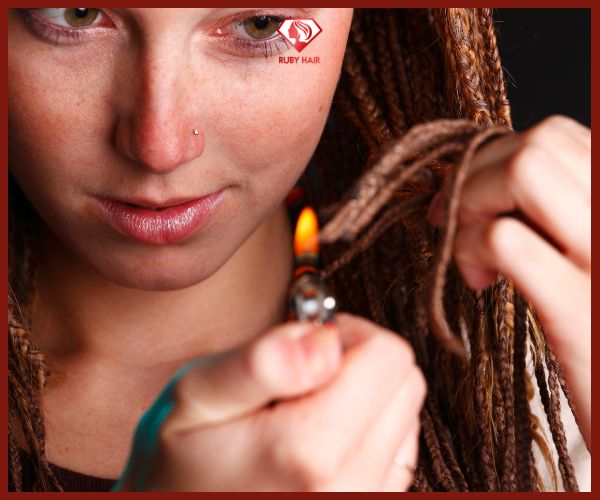
Tips to buy high-quality Peruvian hair vs Cambodian hair
Here are some questions that online customers should ask sellers if they don’t want to buy low-performance hair extensions made from Peruvian hair vs Cambodian hair.
Tips to buy high-quality Peruvian hair vs Cambodian hair: What is their price?
Contrary to synthetic hair, made from Peruvian hair vs Cambodian hair collected from human tend to be significantly more costly. When clients have their extensions done in a beauty salon, it would be even more expensive due to the hairdresser’s expertise fee. Hair extension being high-quality generally be priced at least £200 for a quarter head. If customers are paying significantly less than that amount, it’s indeed fair to infer that they’re not receiving the actual and high-quality products.

Tips to buy high-quality Peruvian hair vs Cambodian hair: In what way are the strands combined?
Customers working with reputed hair suppliers may expect that each strand of authentic hair extensions made from Peruvian hair vs Cambodian hair would be individually hand-made to achieve the most realistic appearance. It’s believed that the sole method for achieving a properly tailored color match would be by having the strands handmade. The vendors might not be able to respond to this question if the hair seems to be synthetic.
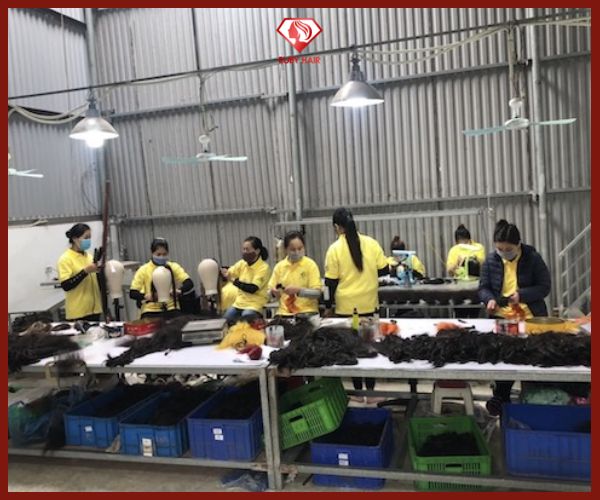
Tips to buy high-quality Peruvian hair vs Cambodian hair: Is it possible to look at the package having original hair?
Request to inspect the Peruvian hair vs Cambodian hair package that would then soon be used. It must be lustrous, robust, detangled, and pulled back into a ponytail or placed in specific bags that have been vacuumed and sealed. The buyers should also look for the following criterias:
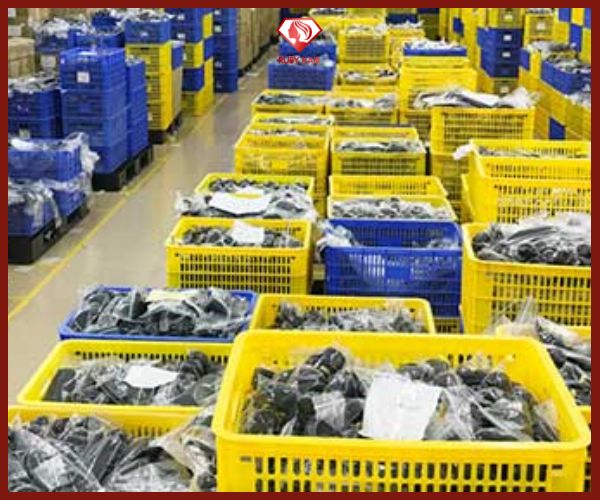
- The ends of the hair ought to be a bit uneven because if the hair falls in an excessively straight path, it may have been worn previously or could even be a synthetic one.
- Natural coloring is preferred since the hair that looks like having already been bleached or dyed tends to be of poorer quality so it won’t last as long.
- Each hair strand has an exterior layer called a cuticle, that should remain intact. It ought to be glossy and also have cuticles that lie toward the same general way.
Tips to buy high-quality Peruvian hair vs Cambodian hair: Is it okay to use heat on the hair extensions?
A skilled hairdresser would be beyond pleased to discuss how to care for the hair extensions made from Peruvian hair vs Cambodian hair with their customers. Hair extensions may be cared for in a similar manner to the natural hair of the customers, however the customers should take special precautions to avoid damaging or losing the hair connections. The hairdresser need to be capable of recommending a few equipment and products that are heat-resistant and appropriate for the hair extensions of their customers, and they ought to ensure that the customers understand how to utilize the tools and hair protection products. If the customers follow the customary precautions to guard against the dryness, applying heat to the hair extensions tends to be completely safe. Conversely, the synthetic hair can melt into the customer’s natural hair if it is applied excessively heat. The hair suppliers have a duty to alert their customers to the potential risk and unsightliness of all this. The customers should be wary if they hear that heat styling should be avoided because either they’re talking with rookie hairdressers/sellers, or the hair extension is phony.
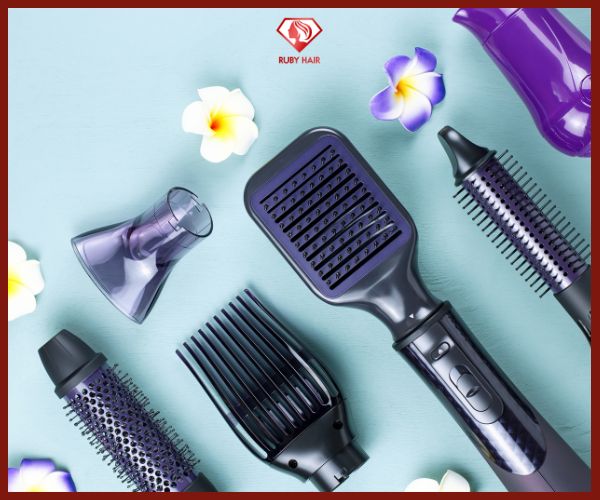
Hopefully this article has partly answered your questions related to Peruvian hair vs Cambodian hair so you can buy the best quality products for yourself.



